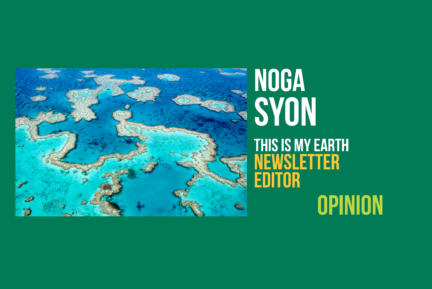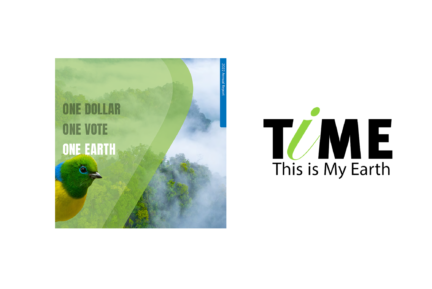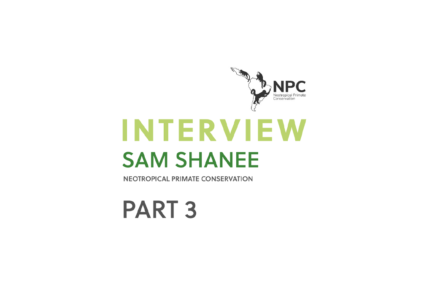The last known live Tasmanian Tiger was captured in 1930. Humans are capable of causing unprecedented destruction and in trying to mitigate it, not realizing it’s too late. This is the case with one of the most legendary and iconic species that has ever existed.
The case of the Tasmanian tigers: A clear warning
Acting with foresight and with the best scientific data is essential to avoid catastrophes. There is no point in acting late and badly, and now more than over we cannot afford to be wrong in our forecasts.
This story of extinction began in 1888, when the Tasmanian government started to pay £1 per head for each dead Tasmanian Tiger. The same government finally declared the thylacine a protected species in July 1936, but it was too late.
The last known living thylacine died a couple of months later in the now-abandoned Beaumaris Zoo in the centre of Hobart. She was the victim of cruel neglect.
The thylacine (Thylacinus cynocephalus) was an extinctcarnivorous marsupial that was native to the Australian mainland and the islands of Tasmania and New Guinea. The last known live animal was captured in 1930 in Tasmania.
The thylacine is commonly known as the Tasmanian tiger (because of its striped lower back) or the Tasmanian wolf (because of its canid-like characteristics). Among the Aboriginal Tasmanian names there are some such as coorinna, kanunnah, cab-berr-one-nen-er, loarinna, laoonana, can-nen-ner and lagunta, while kaparunina is used in Palawa kani.
The last living Tasmanian Tiger
The last known live Tasmanian Tiger was captured in 1930. He was named Benjamin and lived as an endling at the Hobart Zoo.
He was shy and nocturnal. His dead in 1936 was not reported as no one could believe that the entire species had become extinct.50 years later, in 1980, having never been seen again, it was declared extinct. You can stop this from happening.
Join us in buying and protecting lands rich in biodiversity and endangered species. Let’s own them and hand them over to local communities and NGOs so they can protect them forever.
You can stop this from happening. Visit and explore our habitats in Peroles, Perú, Reserva Natural Los Magnolios, Colombia, and Tapichalaca Reserve, Ecuador.
Federal Register Documents
| Date | Citation Page | Title | Supporting Documents |
|---|






























































































